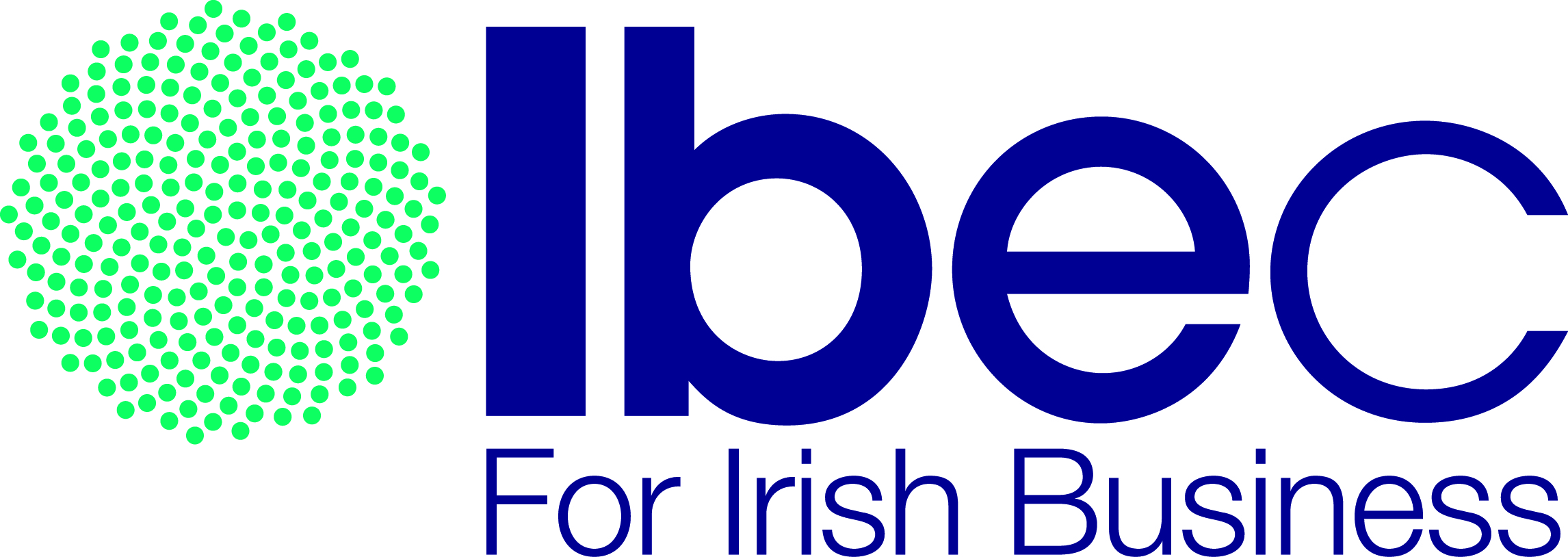
How Pandemic Management Software Helps Organisations Respond to Europe’s Escalating Flu Outbreak
Europe’s rising influenza activity underscores the importance of having the right digital tools in place.
Health and Safety Software » Health and Safety Software News » Health and Safety » Lifting and Handling in the Workplace

Common injuries from lifting and handling
The most common injuries from lifting and handling are musculoskeletal disorders (MSDs), such as back pain, neck pain, and shoulder pain. MSDs can develop over time because of repeated or strenuous lifting and handling activities. Other common injuries from lifting and handling include slips, trips, and falls.
Risk factors for lifting and handling injuries
How to prevent lifting and handling injuries
Safe lifting techniques
Additional safety considerations
By following the safety tips listed above, employers and employees can help to prevent lifting and handling injuries.
The iProtectU health and safety software provides:
Arrange your demonstration
Let us show you how we can transform your health and safety, risk and compliance management
Please choose a date and time for your demo. We look forward to meeting with you.

Europe’s rising influenza activity underscores the importance of having the right digital tools in place.

iProtectU is proud to support the Final Straw Foundation’s Native Oyster Restoration Project, helping restore

When a national voice like IBEC publishes your perspective, it matters.
This week, iProtectU

Modern HSE software has evolved into a strategic necessity, empowering organisations to manage risk proactively,

Managing personal protective equipment (PPE) doesn’t have to be a paperwork struggle. With iProtectU, safety

From work experience to an Amazon internship. Read how iProtectU helped empower a young talent